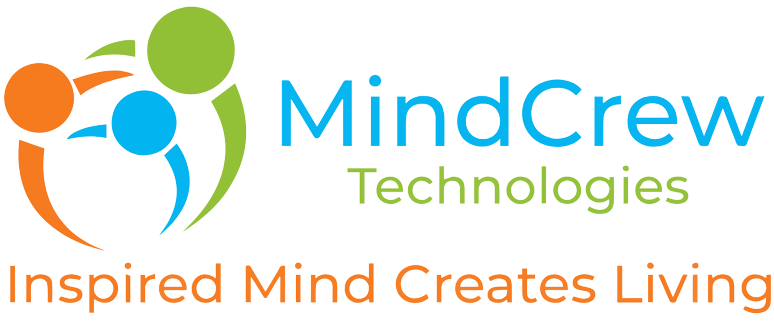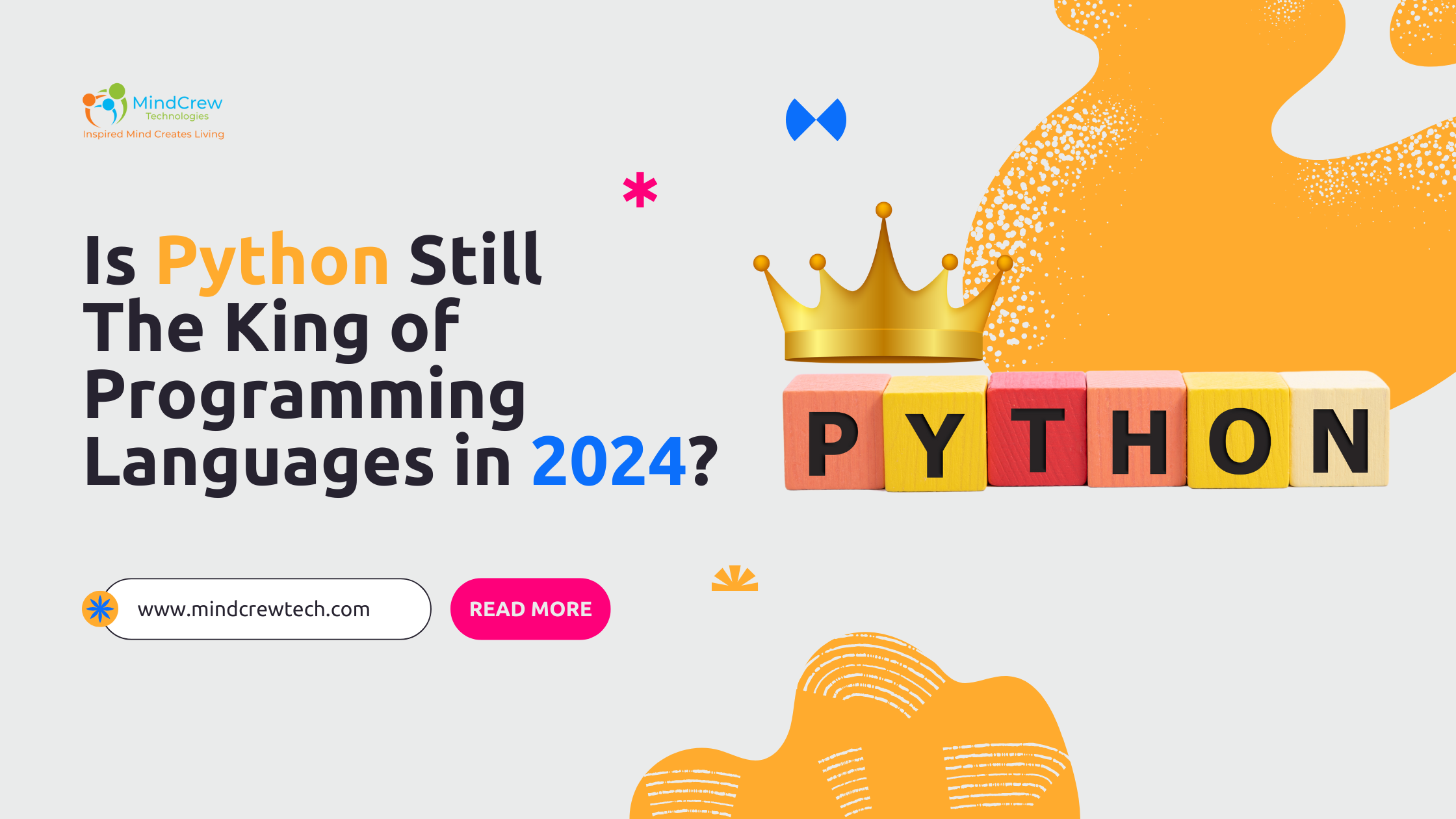Is Python Still the King of Programming Languages in 2024?
Introduction
Python has long been celebrated for its simplicity, readability, and versatility. Since its inception in 1991 by Guido van Rossum, Python has grown exponentially in popularity, becoming the go-to language for a wide array of applications. From web development and data science to artificial intelligence and automation, Python’s reach is extensive. But as we enter 2024, the question arises: Is Python still the king of programming languages? In this article, we will explore Python’s current standing in the programming world, examining its strengths, areas of application, competition, and future prospects.
Python’s Strengths
- Simplicity and Readability
- Python’s syntax is designed to be intuitive and human-readable, making it an excellent choice for beginners and experienced programmers alike. Its use of indentation to define code blocks promotes clean and readable code, which is essential for collaborative projects and long-term maintenance.
- Extensive Libraries and Frameworks
- Python boasts a rich ecosystem of libraries and frameworks that simplify and expedite development. Libraries such as NumPy, pandas, and Matplotlib are indispensable in data science, while TensorFlow and PyTorch are widely used in machine learning and AI. Frameworks like Django and Flask streamline web development, allowing developers to focus on building robust applications quickly.
- Versatility
- Python’s versatility is one of its most significant advantages. It is used in various domains, including web development, data analysis, scientific computing, artificial intelligence, automation, and more. This versatility means that Python developers can switch between different fields without needing to learn new programming languages.
- Community and Support
- Python has a massive and active community. This means that developers have access to a wealth of resources, including documentation, tutorials, forums, and conferences. The community-driven nature of Python also ensures that it evolves with the needs of its users, with regular updates and improvements.
Python in Different Domains
- Data Science and Machine Learning
- Python is arguably the most popular language in data science and machine learning. Its extensive libraries, such as NumPy for numerical computations, pandas for data manipulation, and Matplotlib for data visualization, make it the preferred choice for data scientists. In machine learning, libraries like Scikit-learn, TensorFlow, and PyTorch provide powerful tools for building and deploying models.
- Web Development
- Python’s frameworks, particularly Django and Flask, are widely used for web development. Django, a high-level framework, encourages rapid development and clean, pragmatic design. Flask, a micro-framework, offers flexibility and simplicity for smaller projects. These frameworks, combined with Python’s ease of use, make it a popular choice for building robust web applications.
- Automation and Scripting
- Python excels in automation and scripting tasks due to its simplicity and readability. It is commonly used for writing scripts to automate repetitive tasks, manage system operations, and manipulate files. Tools like Selenium, which is used for web automation, further enhance Python’s capabilities in this area.
- Artificial Intelligence and Deep Learning
- Python’s dominance in AI and deep learning is largely due to libraries such as TensorFlow, PyTorch, and Keras. These libraries provide the tools necessary to build complex neural networks and deploy AI models efficiently. Python’s simplicity and readability also make it easier to experiment with and understand complex algorithms.
- Scientific Computing
- In scientific computing, Python’s libraries like SciPy, SymPy, and Biopython are widely used for mathematical, scientific, and biological computations. Python’s ability to handle complex mathematical operations and its integration with other languages (such as C and Fortran) make it a powerful tool in this domain.
The Competition
- JavaScript
- JavaScript remains the dominant language for web development, particularly on the client side. Frameworks like React, Angular, and Vue.js have solidified its position. However, with the rise of server-side JavaScript (Node.js), JavaScript’s role has expanded, challenging Python in the web development arena.
- Java
- Java continues to be a popular choice for enterprise-level applications, particularly in industries that require robust, high-performance applications. Its long-standing presence and strong ecosystem make it a formidable competitor to Python in certain domains.
- C/C++
- C and C++ are preferred for system-level programming, performance-critical applications, and game development. While Python is often used as a scripting language in combination with C/C++, the latter languages dominate areas where performance and resource management are crucial.
- R
- In the realm of data science, R is a strong competitor to Python. R is specifically designed for statistical computing and data visualization, making it a preferred choice for statisticians and data analysts. However, Python’s versatility and broader range of applications give it an edge in many cases.
- Rust
- Rust is gaining popularity for its performance and safety features. It is particularly well-suited for system-level programming and applications where concurrency and memory safety are critical. While Rust is not yet as widely adopted as Python, its growing community and adoption rate indicate its potential to become a significant player.
Python’s Future Prospects
- Continuous Evolution
- Python’s active community and open-source nature ensure that it continues to evolve. Regular updates and the development of new libraries and frameworks keep Python relevant and adaptable to emerging technologies and trends.
- Educational Dominance
- Python’s simplicity and readability make it an excellent choice for educational purposes. Many universities and coding bootcamps use Python as the introductory programming language. As a result, new generations of developers are proficient in Python, contributing to its sustained popularity.
- Integration with Emerging Technologies
- Python’s ability to integrate with other technologies and languages makes it well-suited for emerging fields such as AI, IoT, and quantum computing. Its role in AI and machine learning, in particular, is expected to grow as these fields advance.
- Corporate Adoption
- Many large corporations, including Google, Facebook, and Netflix, use Python extensively in their tech stacks. This corporate adoption not only validates Python’s capabilities but also ensures continued investment in its development and maintenance.
- Expanding Ecosystem
- Python’s ecosystem continues to expand with the development of new libraries, tools, and frameworks. Projects like Pyodide (which brings Python to the browser via WebAssembly) and advances in data science and machine learning libraries ensure that Python remains at the forefront of innovation.
Conclusion
As we navigate through 2024, Python’s position as the king of programming languages remains strong. Its simplicity, versatility, extensive libraries, and active community make it an invaluable tool for a wide range of applications. While it faces competition from languages like JavaScript, Java, and emerging languages like Rust, Python’s continuous evolution and widespread adoption ensure its relevance in the ever-changing tech landscape.
Python’s dominance in fields such as data science, machine learning, web development, and automation underscores its versatility and robustness. As new technologies emerge and existing ones evolve, Python’s adaptability and extensive ecosystem will likely keep it at the forefront of programming languages. Whether you are a beginner learning to code or an experienced developer working on cutting-edge technologies, Python’s enduring appeal makes it a language worth mastering.
Are you ready to dive deeper into Python and explore its endless possibilities? Join the thriving community of Python developers and discover why Python continues to reign supreme in the world of programming.







